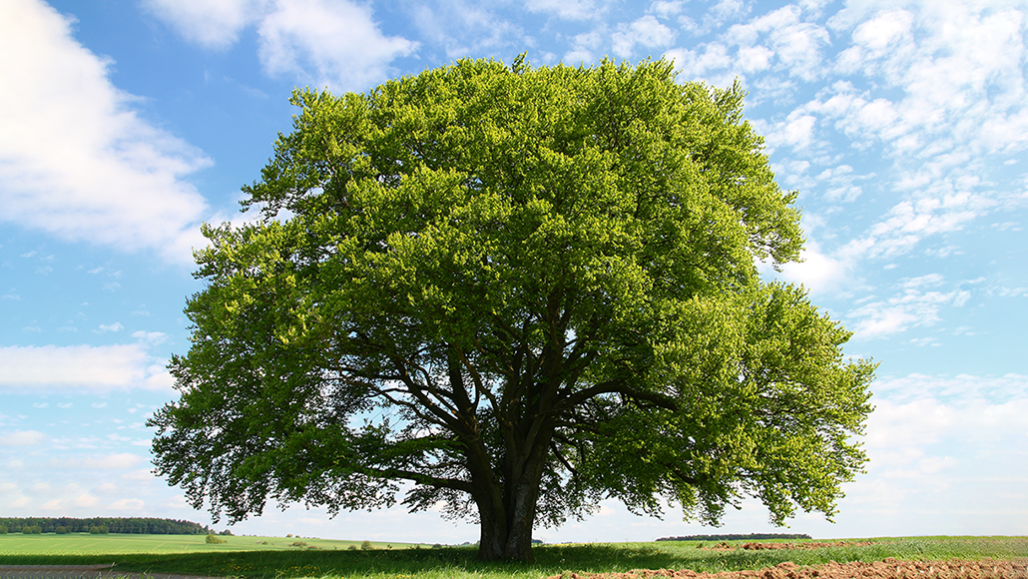agriculture: The growth of plants, animals or fungi for human needs, including food, fuel, chemicals and medicine.
agroforestry: A type of agriculture that incorporates trees into the landscape.
Antarctica: A continent mostly covered in ice, which sits in the southernmost part of the world.
carbon dioxide: (or CO2) A colorless, odorless gas produced by all animals when the oxygen they inhale reacts with the carbon-rich foods that they’ve eaten. Carbon dioxide also is released when organic matter burns (including fossil fuels like oil or gas). Carbon dioxide acts as a greenhouse gas, trapping heat in Earth’s atmosphere. Plants convert carbon dioxide into oxygen during photosynthesis, the process they use to make their own food.
chlorophyll: Any of several green pigments found in plants that perform photosynthesis — creating sugars (foods) from carbon dioxide and water.
continent: (in geology) The huge land masses that sit upon tectonic plates. In modern times, there are six established geologic continents: North America, South America, Eurasia, Africa, Australia and Antarctica. In 2017, scientists also made the case for yet another: Zealandia.
global warming: The gradual increase in the overall temperature of Earth’s atmosphere due to the greenhouse effect. This effect is caused by increased levels of carbon dioxide, chlorofluorocarbons and other gases in the air, many of them released by human activity.
greenhouse gas: A gas that contributes to the greenhouse effect by absorbing heat. Carbon dioxide is one example of a greenhouse gas.
species: A group of similar organisms capable of producing offspring that can survive and reproduce.
trillion: A number representing a million million — or 1,000,000,000,000 — of something.
urban: Of or related to cities, especially densely populated ones or regions where lots of traffic and industrial activity occurs. The development or buildup of urban areas is a phenomenon known as urbanization.

